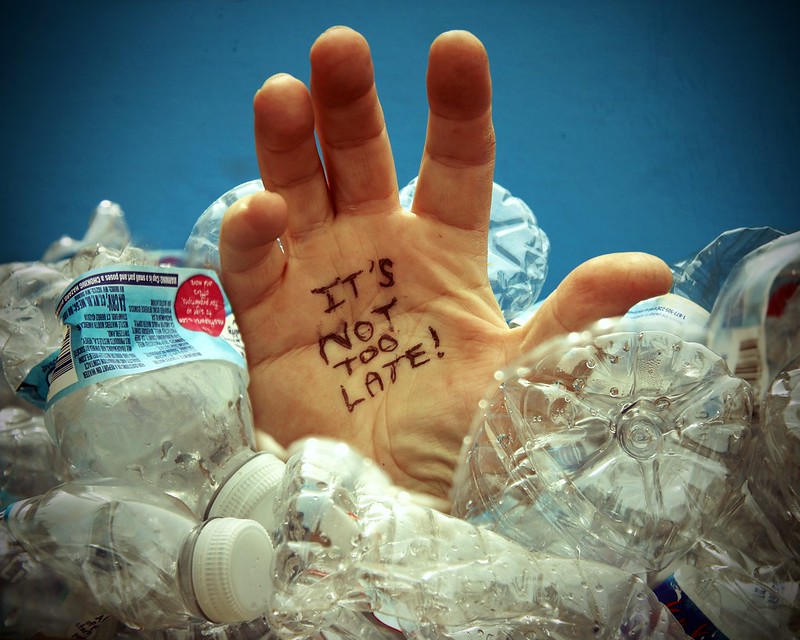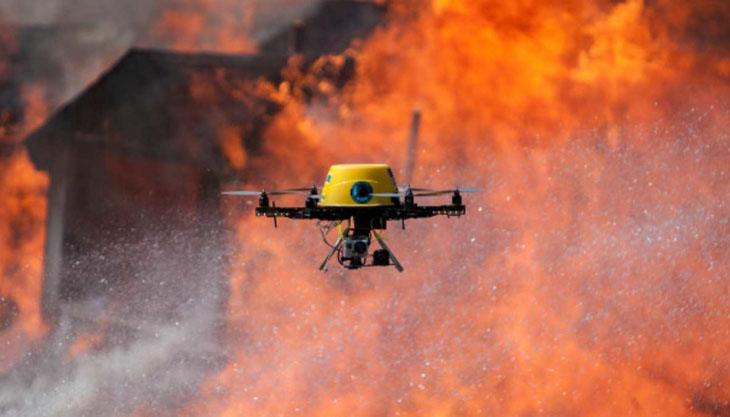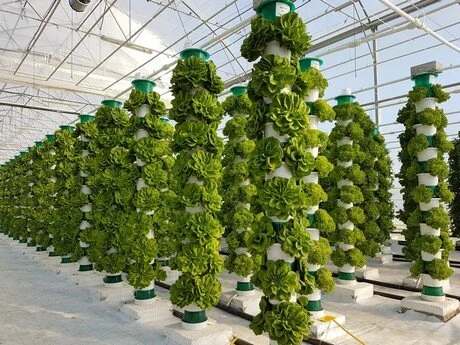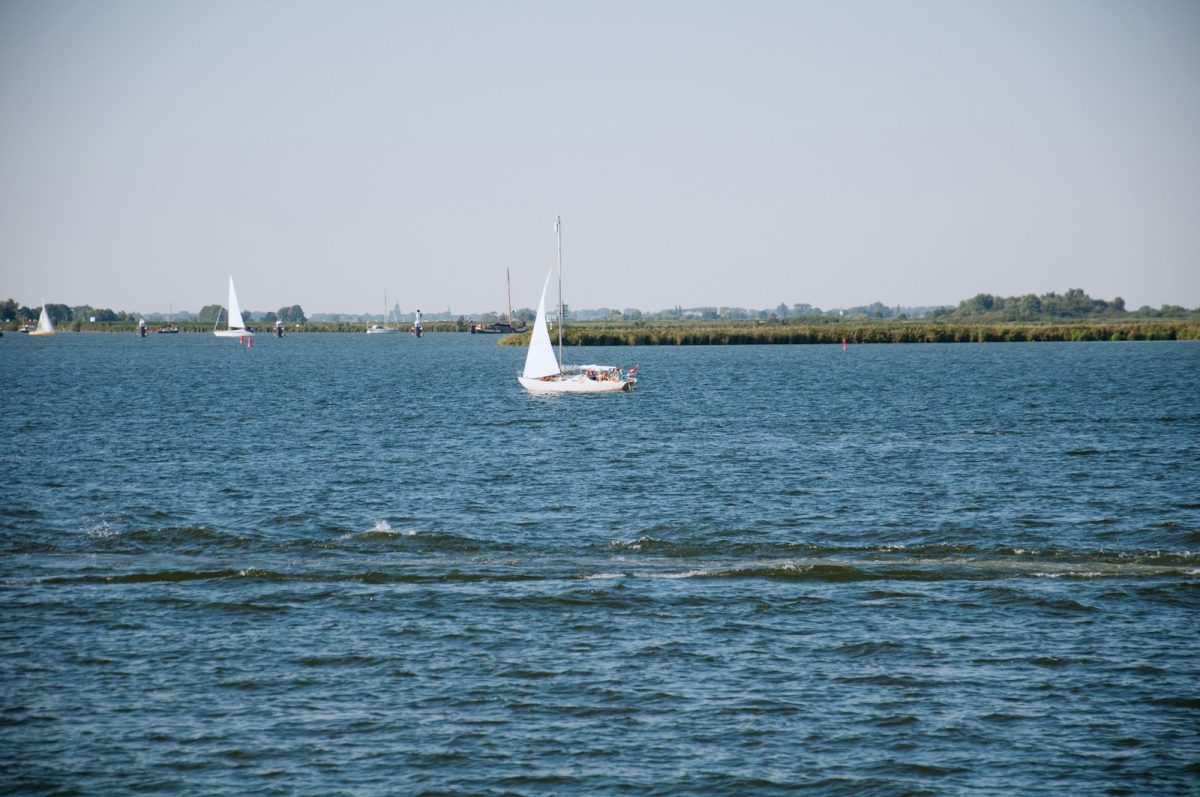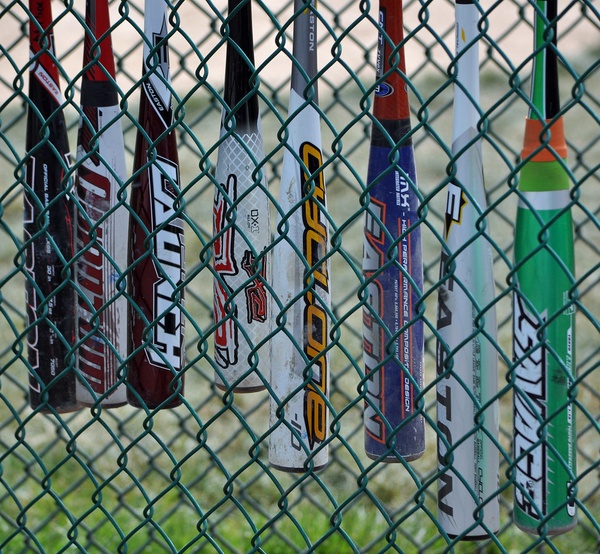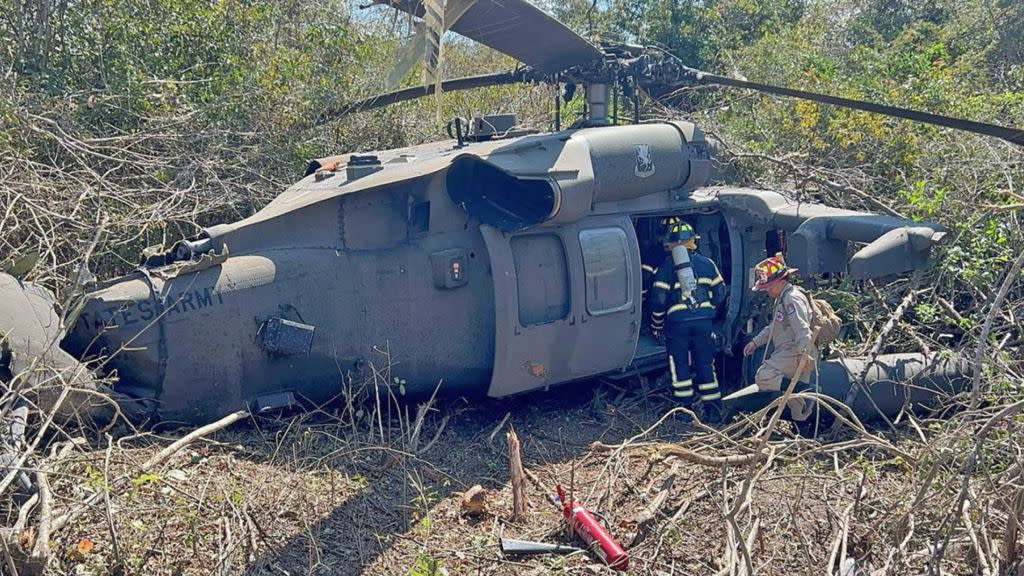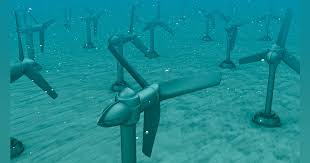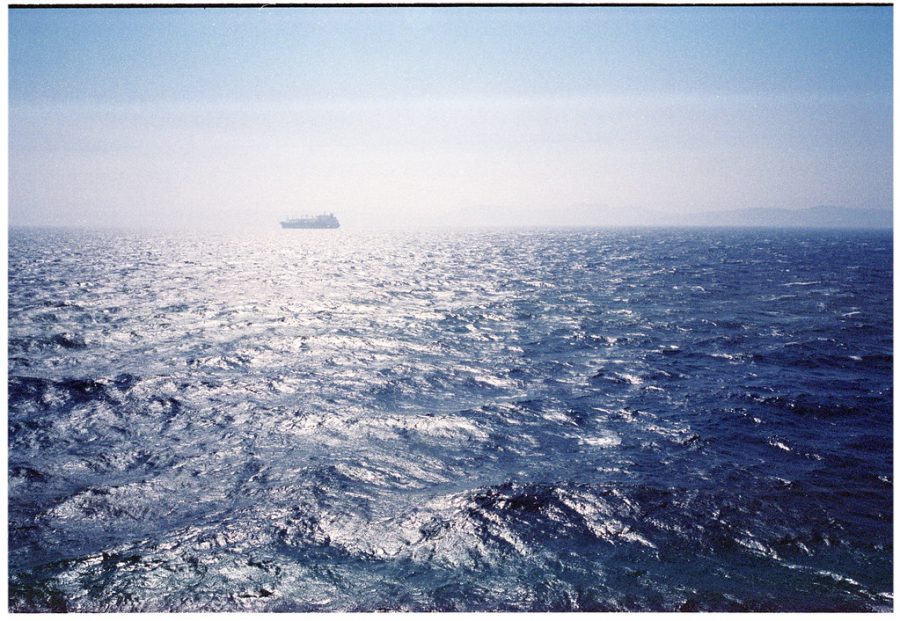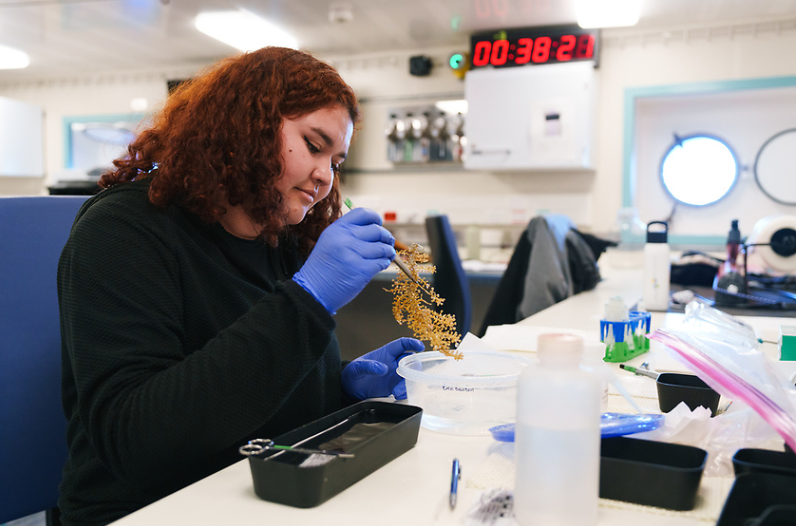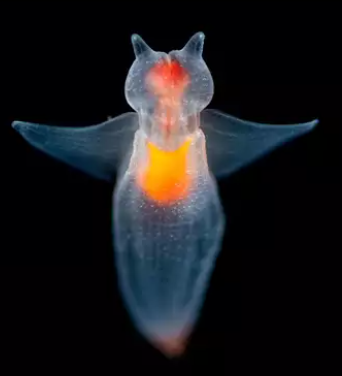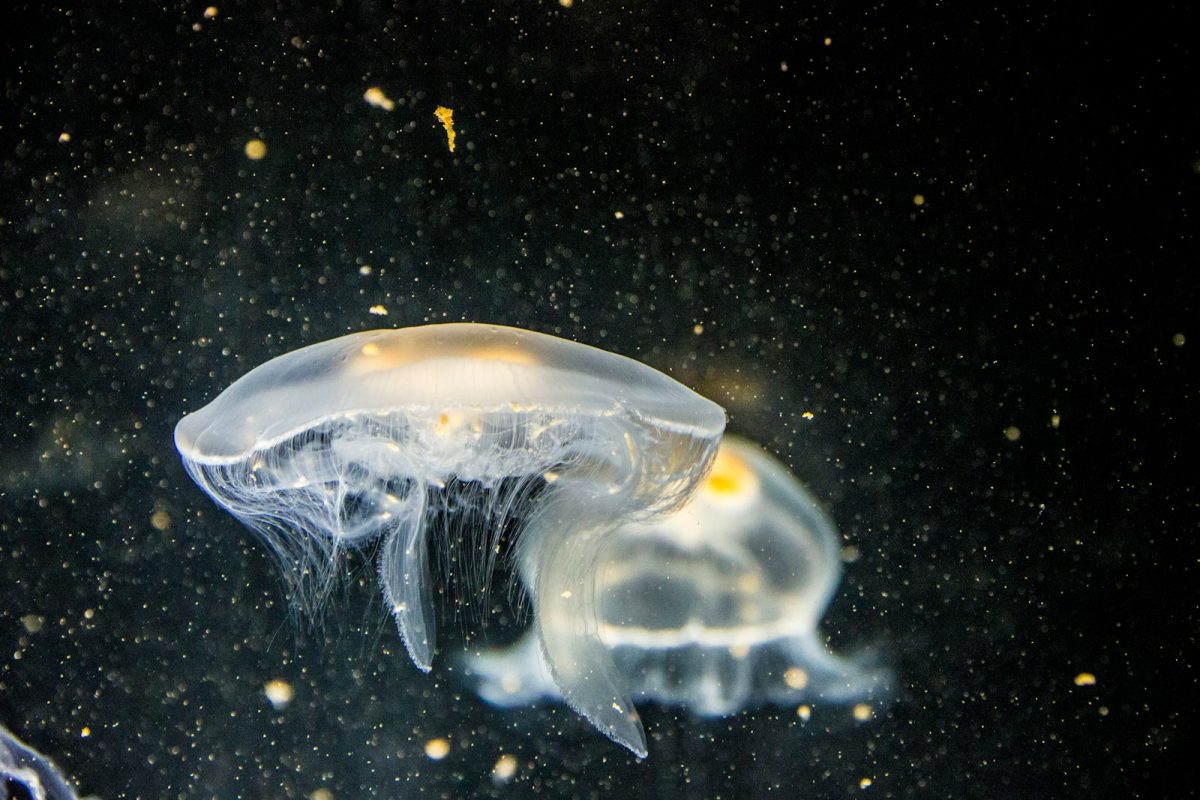The Chesapeake Bay—the largest estuary in the United States—has been shaped by both nature and people for centuries. Historically the Bay was famous for its rich oyster reefs, fish, and underwater grass that supports wildlife and local economies. Over time, however, human activities such as farming, city development, industrial discharge, and over harvesting changed the Bay’s water quality and habitats, setting the stage for long-term environmental problems that scientists and communities are still working to fix today.
In the past, people and the environment changed the Chesapeake Bay in several key ways. Large oyster reefs were harvested heavily and nearly destroyed by disease and overfishing. Those reefs once filtered water and kept sediments and nutrients in balance.
Agriculture and early industry contributed nutrient and sediment pollution as forests and wetlands were cleared for farms and towns This increased runoff of nitrogen, phosphorus, and dirt into Bay rivers and reduced water clarity and oxygen levels. Combined with expanding coastal development and changes in land use, these human actions produced habitat loss and frequent “dead zones” that harm fish and shellfish, altering the Bay’s natural systems for decades.
Today people and the environment continue to affect the Bay in both negative and positive ways. Nutrient runoff from farms, stormwater from cities, and sediment from eroding lands still reach the Bay and cause algal blooms and low-oxygen that stress aquatic life.
Recent monitoring and surveys show worrying trends, for example, blue crab populations have fallen to some of their lowest levels in decades, with scientists pointing to habitat loss, invasive predators, pollution, and changing weather patterns as contributing factors. At the same time, coordinated restoration efforts, upgrades at wastewater treatment plants, and new agreements to address large pollution sources (such as investments to reduce sediment and restore habitat at Conowingo Dam) are showing how people can take actions that improve water quality when governments, companies, and communities work together.
Looking ahead, there are practical things we—as students, homeowners, and communities—can support to help restore the Bay. Farmers and landowners can expand conservation practices like landslides and forest buffers that trap nutrients and sediment before they reach streams. Scientific reviews and pilot projects show these measures are effective tools for reducing runoff. Cities and suburbs can reduce stormwater pollution by installing rain gardens and more street trees, and by keeping pet waste and fertilizers out of storm drains. Larger actions include restoring oyster reefs and underwater grasses (which improve water clarity and habitat), improving wastewater treatment and air-pollution controls that deposit nitrogen, and holding major building owners accountable for sediment and pollution
The Chesapeake Bay has been harmed by past development and pollution, is still under pressure today, but also benefits from many active restoration efforts. By learning how runoff, habitat loss, invasive species, and climate shifts affect the Bay, and by supporting solutions such as wetlands, better farms, stormwater management, and large-scale restoration projects, communities can help the Bay recover for future generations. Everyone can play a part: students can learn and spread the word, homeowners can reduce runoff, and policymakers can fund the science-based practices that the Bay needs to heal.
Works Cited
Associated Press. (2025, October 9). Constellation Energy to spend $340M to improve water quality at Maryland’s Conowingo Dam. https://apnews.com/article/3d09e9247c363e424c731b857799c237
Chesapeake Bay Foundation. (2025, May 28). Why is the Chesapeake Bay blue crab population crashing? https://www.cbf.org/blogs/save-the-bay/2025/05/why-is-the-chesapeake-bay-blue-crab-population-crashing.html
Chesapeake Bay Program. (2025, June 3). Chesapeake Bay Program model estimates lower amount of nitrogen, phosphorus and sediment pollution entering Chesapeake Bay. https://www.chesapeakebay.net/news/pressrelease/chesapeake-bay-program-model-estimates-lower-amount-of-nitrogen-phosphorus-and-sediment-pollution-entering-chesapeake-bay
Newburn, D., et al. (2024). Evaluating the effectiveness of economic incentives to promote riparian buffer adoption. https://www.chesapeakebay.net/files/documents/Newburn-et-al_Buffer-Project_Final-Report_October2024.pdf
Rogers, J. (2025, July 30). Reviving the Old Bay. https://www.nature.org/en-us/magazine/magazine-articles/reviving-chesapeake-bay/

